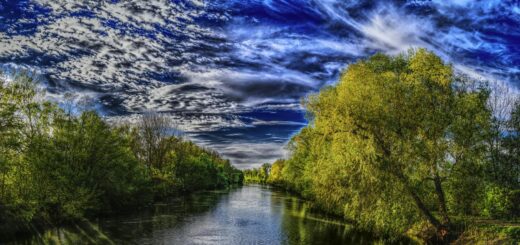Embracing the Spiritual: A Deeper Look into Ayahuasca Ceremonies and Rituals
In the heart of the Amazon rainforest, indigenous communities have practiced a deep-rooted tradition for centuries. This ritual, known as an Ayahuasca ceremony, is a potent mix of spiritual journey and shamanic practices that harness the powers of nature for profound introspection and healing.
Before we delve into the intricacies of these ceremonies, it’s imperative to understand what Ayahuasca really is. The indigenous word ‘Ayahuasca’ translates to ‘Vine of the Spirits,’ referring to the psychedelic brew obtained from the Amazonian vine Banisteriopsis caapi, often along with other plants. Consumed for its healing and spiritual properties, this plant medicine serves as a tool for consciousness expansion and a catalyst for personal transformation.
Ayahuasca ceremonies are conducted with utmost reverence, demonstrating the sanctity of spiritual exploration and healing. At the core of this ceremonial practice is the shaman, a spiritual healer who conducts the ritual, guiding participants on their introspective journey. Shamans, arriving from a lineage of traditional plant medicine practitioners, prepare the Ayahuasca brew and create a sacred space for the ceremony.
Participants gather in this carefully prepared environment, often a dedicated room or a natural clearing, adorned with symbolic elements like feathers, bones, stones, and sacred geometrical patterns. As the lights dim, the shaman initiates the ceremony with a prayer or chant, after which the Ayahuasca brew is shared among the participants.
Shortly after consumption, the Ayahuasca begins its work. Participants often experience vivid visions and hyper-awareness, leading to a sense of ego dissolution and connection to the spiritual realm. This phase of the ceremony, often accompanied by physical purging, is essential to the healing process. The purging, often through vomiting or perspiration, is considered a release of accumulated negative energy and emotions. Amid this profound consciousness expansion, the shaman guides participants with songs known as icaros, believed to deepen the experience and facilitate healing.
As the effects of Ayahuasca start to wane, the shaman concludes the ceremony with prayers of gratitude. Then comes an essential phase often overlooked but equally vital: integration. This process involves participants reflecting on their experiences, connecting their visions with their everyday life, and applying the insights gathered during the spiritual journey into their consciousness.
Though Ayahuasca ceremonies can be profoundly transformative, they are not for everyone. They require serious preparation, which involves dietary restrictions and mental preparation. Those with certain medical conditions or mental health issues are cautioned against partaking. Moreover, it’s important to understand that Ayahuasca is not a quick-fix solution; it’s a tool that facilitates personal growth and healing when approached with reverence and respect.
In conclusion, Ayahuasca ceremonies offer a unique path to self-discovery and healing, marrying traditional shamanic practices with profound introspection. As a plant medicine, Ayahuasca serves as a conduit for consciousness expansion, offering participants a chance to confront their innermost thoughts, fear, and desires. Through the purging process, individuals shed embedded negativity and emerge from the sacred space with newfound insights and understanding, ready to integrate their experiences into their daily lives.
While the depth and complexity of Ayahuasca rituals may seem intimidating, it’s essential to approach the ceremony with an open heart and mind, prepared for the transformative spiritual journey it entails. As such, Ayahuasca is less a destination and more a path, a journey where the experience itself is the reward. With centuries of traditional wisdom to guide us, Ayahuasca ceremonies continue to offer a profound exploration of human consciousness and our connection to the natural world.
Sources:
1. What Happens in an Ayahuasca Ceremony?
2. Ayahuasca Ceremony Rituals
3. Integration process of the Ayahuasca experience: A longitudinal qualitative study


